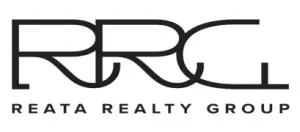
Making Homes More Affordable
Making homes more affordable is a complex challenge, but there are multiple strategies that governments, developers, and communities can take. Here’s a breakdown of key approaches:
🏗️ Increase Housing Supply
- Zoning Reform: Relax restrictive zoning laws (like single-family zoning) to allow for duplexes, triplexes, and apartment buildings.
- Streamline Permits: Simplify and speed up building permit processes to reduce costs and delays for developers.
- Infill Development: Build on vacant or underused land within existing urban areas to maximize infrastructure.
- Use Public Land: Develop affordable housing on government-owned land.
🧱 Reduce Construction Costs
- Modular & Prefab Housing: Use factory-built housing which is often faster and cheaper to build.
- Innovative Materials: Adopt cost-effective and sustainable materials like 3D-printed concrete or cross-laminated timber.
- Incentives for Developers: Offer tax credits or subsidies for building affordable units.
💰 Support Homebuyers and Renters
- Down Payment Assistance: Help first-time buyers afford homes through grants or forgivable loans.
- Rent Control & Stabilization: Prevent excessive rent increases to keep current housing affordable.
- Housing Vouchers: Provide subsidies to low-income households to help cover rent.
🌍 Long-Term Affordability Strategies
- Community Land Trusts: Nonprofits that own land and lease it to homeowners, keeping prices lower long-term.
- Inclusionary Zoning: Require a portion of new housing developments to be affordable.
- Cooperative Housing Models: Residents own shares in the building rather than individual units, keeping costs down.
🧑⚖️ Policy and Economic Levers
- Property Tax Reform: Adjust taxes to avoid punishing development or making land too expensive to use.
- Wage Growth & Economic Development: Raise incomes to better match housing costs.
- Prevent Speculation: Implement taxes or regulations to curb real estate speculation and flipping.
